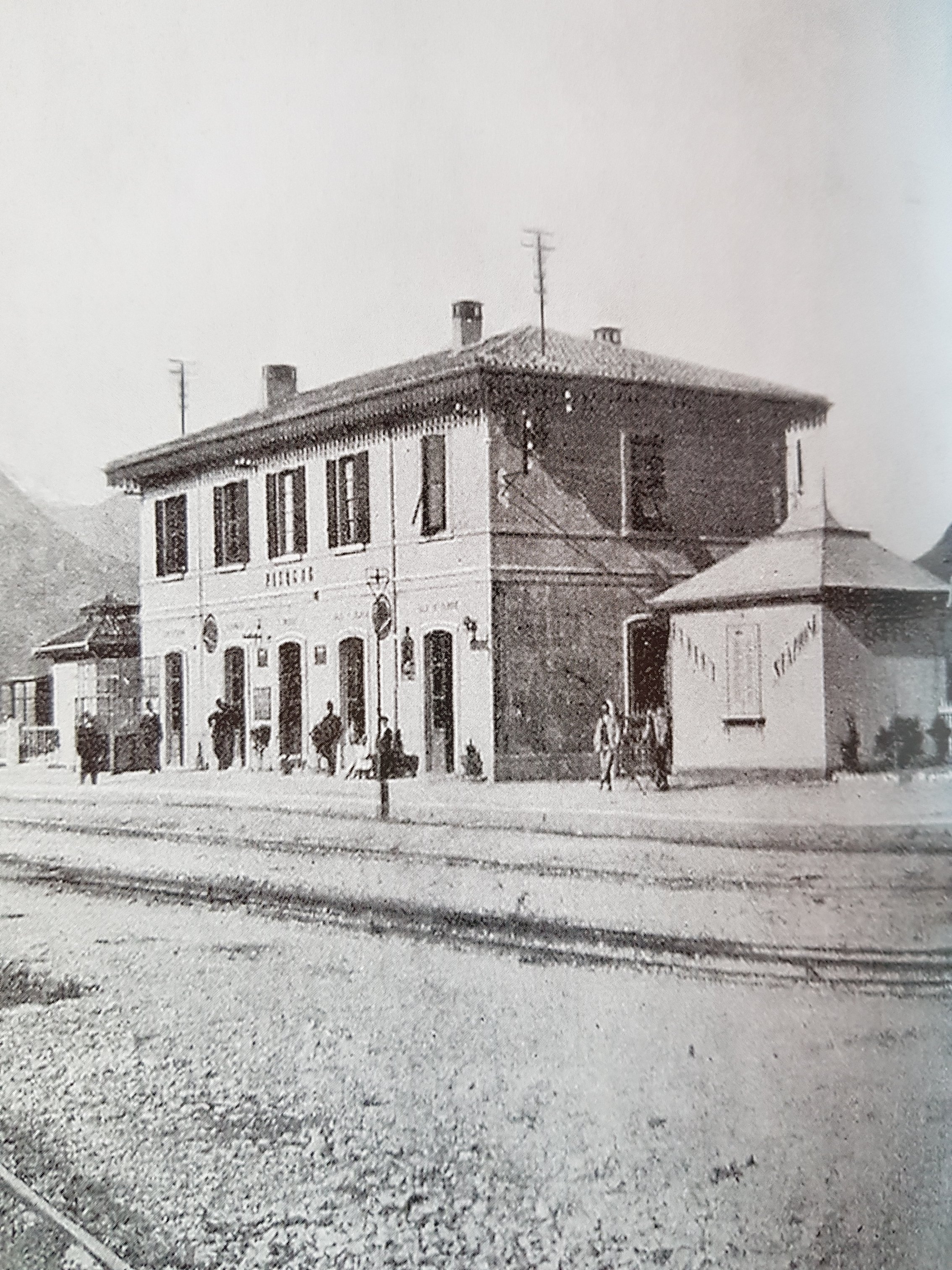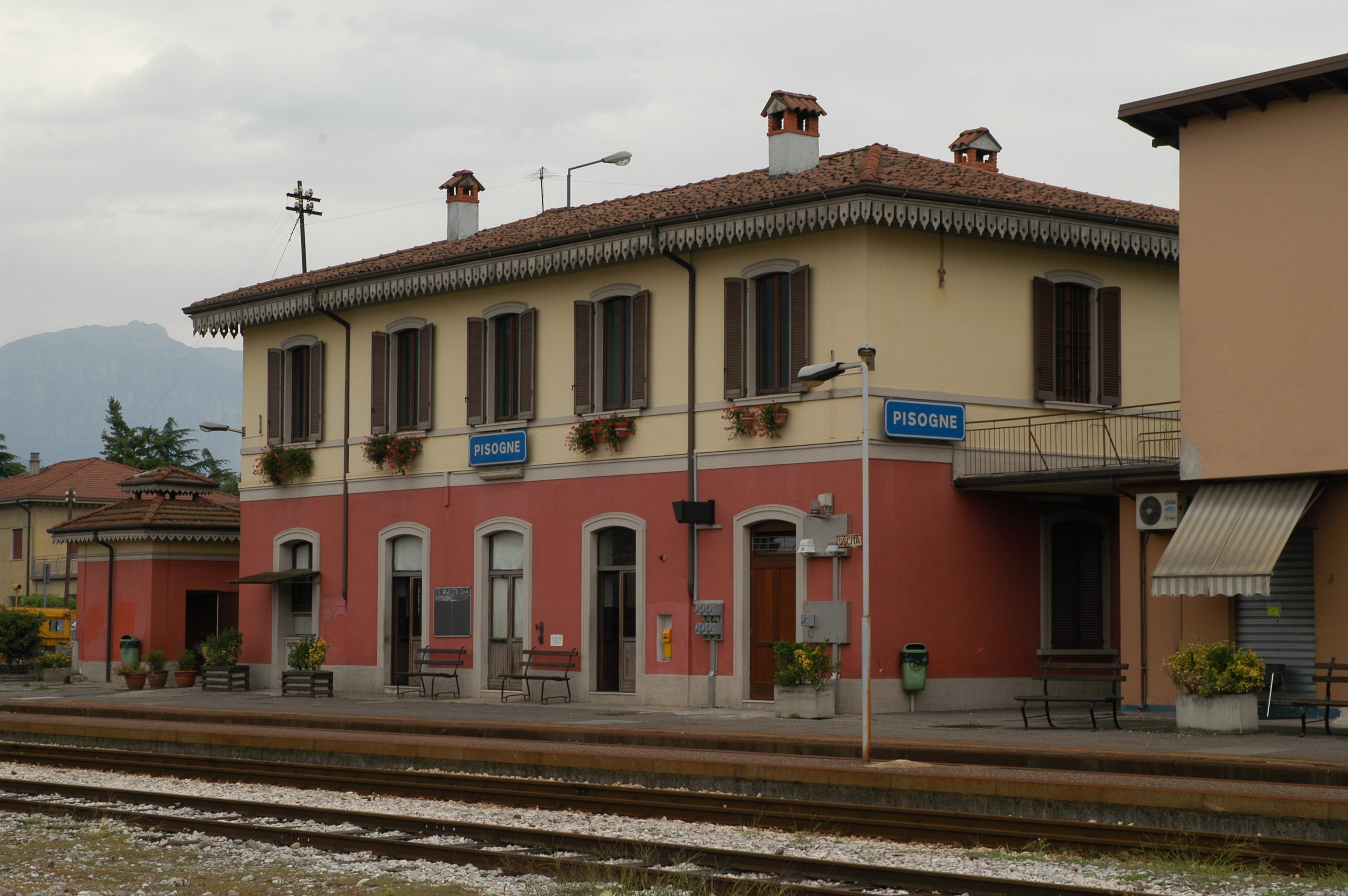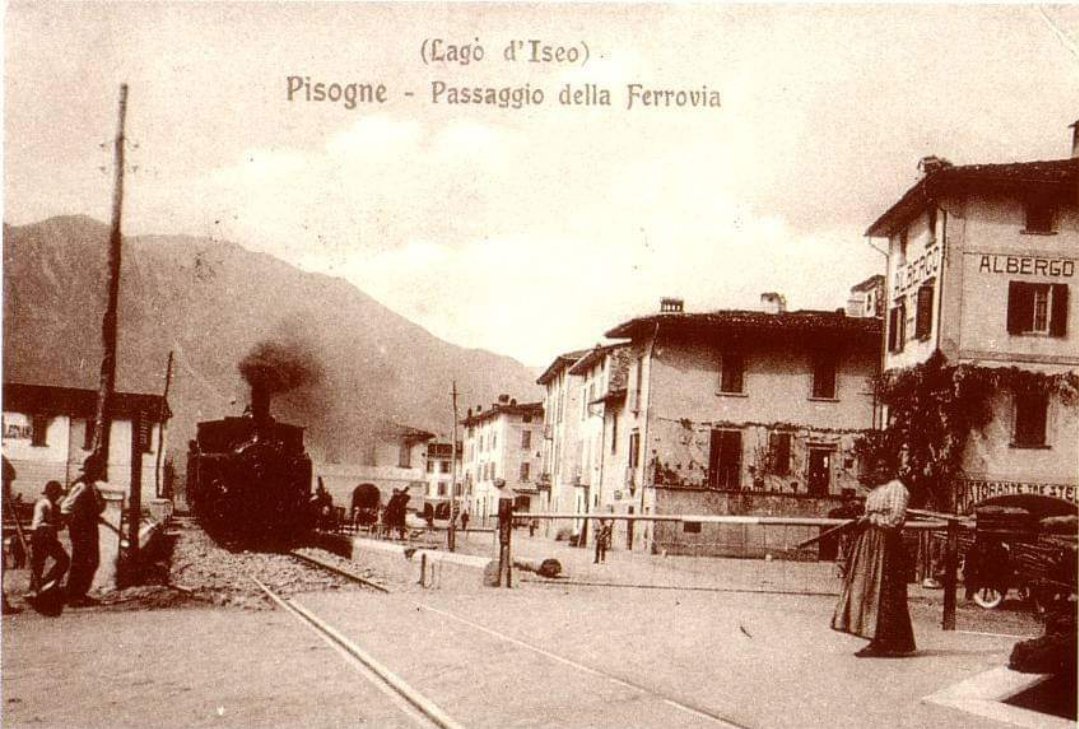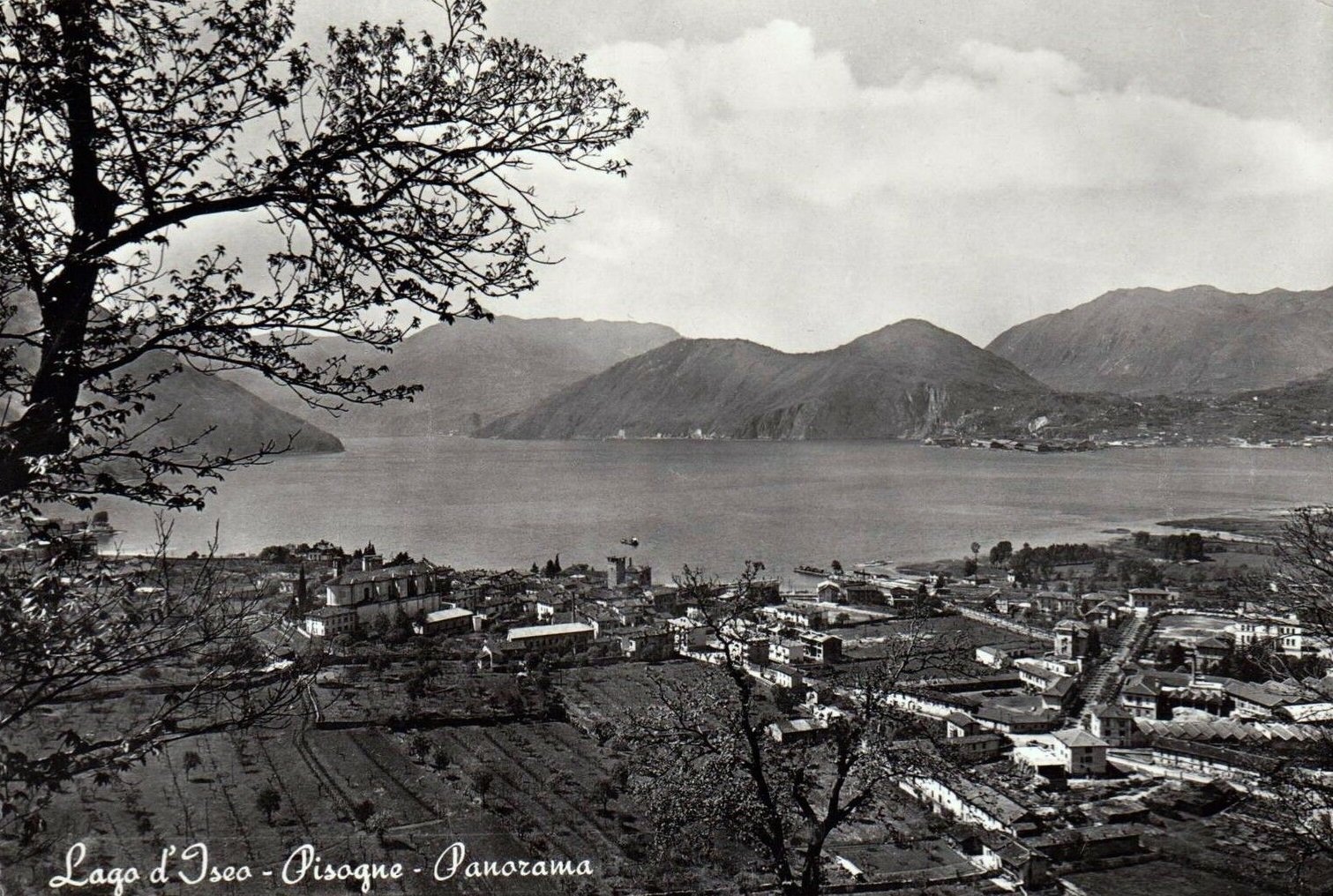Pisogne


Pisogne is the other side of the lake’s “coin” in railway terms. It represents the economic outlet for the Val Camonica, as well as the place where the Oglio river feeds into Lake Iseo. At one time the terminal for lake trade, with significant traces of the lake connection still remaining, it was also important for its strategic position with the neighbouring province of Bergamo, and, of course, its infrastructure of the time. Today it is still one of the most important stations for railway traffic, while also maintaining its importance as a tourist destination with many valuable cultural assets throughout the area.
Gallery

Pisogne: a puffing locomotive and an old style level crossing 
Lake track and turntable at Pisogne 
View of Pisogne with station in the background 

Rolling stock and cargo at Pisogne, early 1900s 

Pisogne, jetty and view of the lake 
The church was built in the second half of the 15th century at the behest of the community of Pisogne. The church’s artistic importance mainly concerns a cycle of frescoes depicting the Passion of Christ, considered to be one of the highest points of Romanino's artistic style 
The frescoed scenes present themselves to the viewer as an impressively dramatic whole, populating the vaults with Michelangelo-esque figures of sybils and prophets, and with scenes on the walls which unfold to create a kind of folk depiction of the Passion taking place during Holy Week, which involves an entire town.